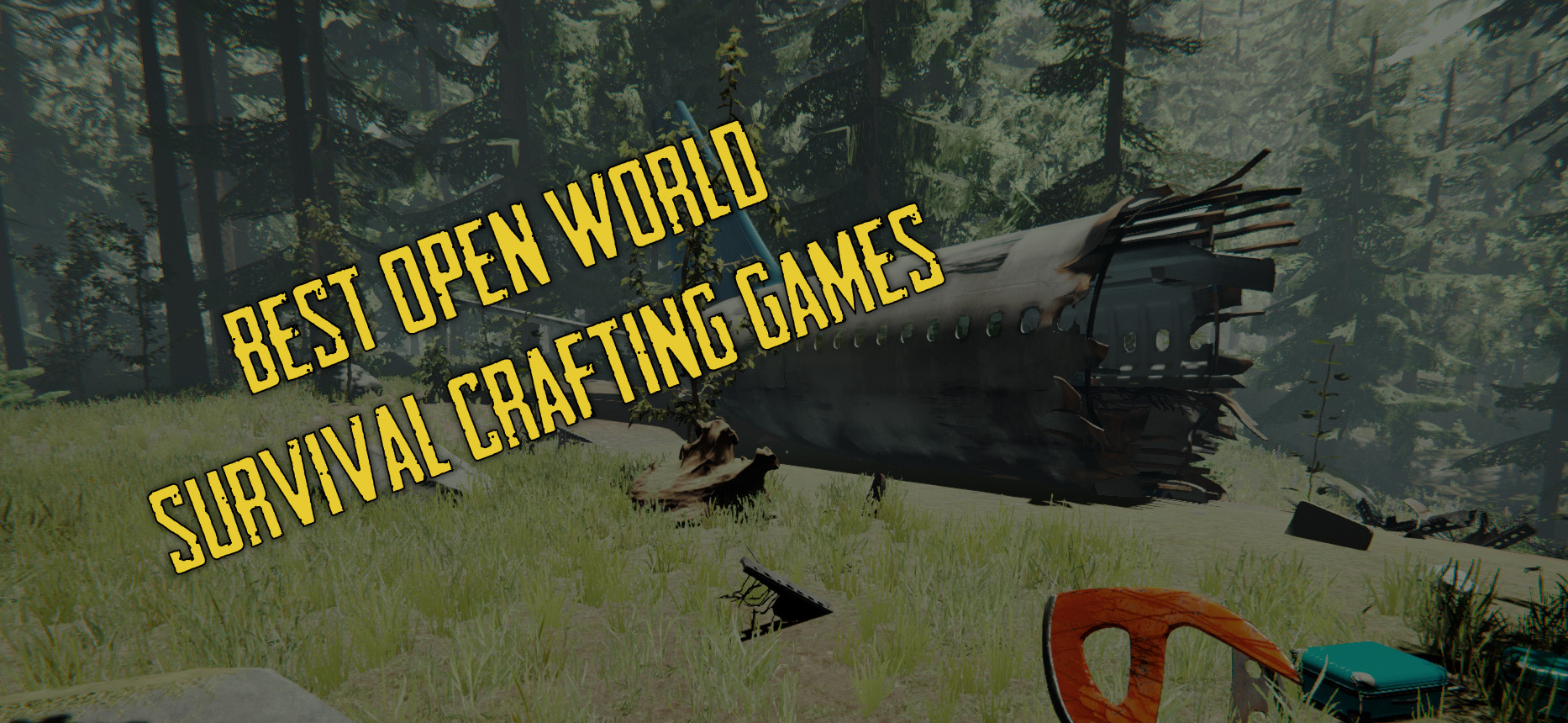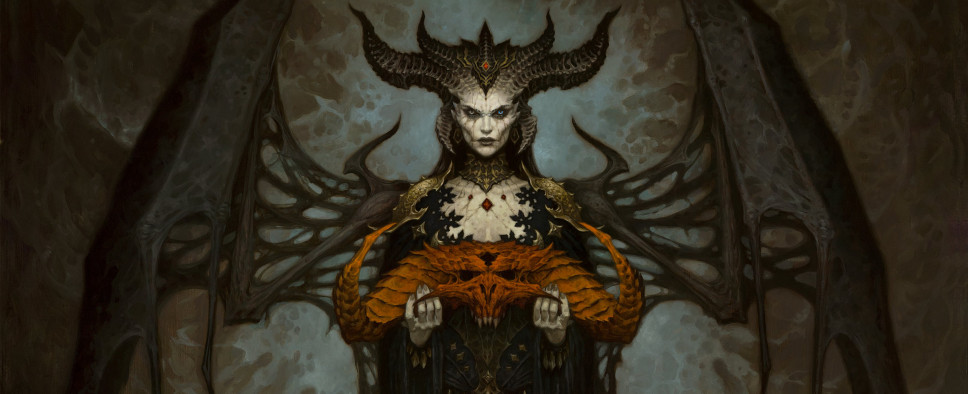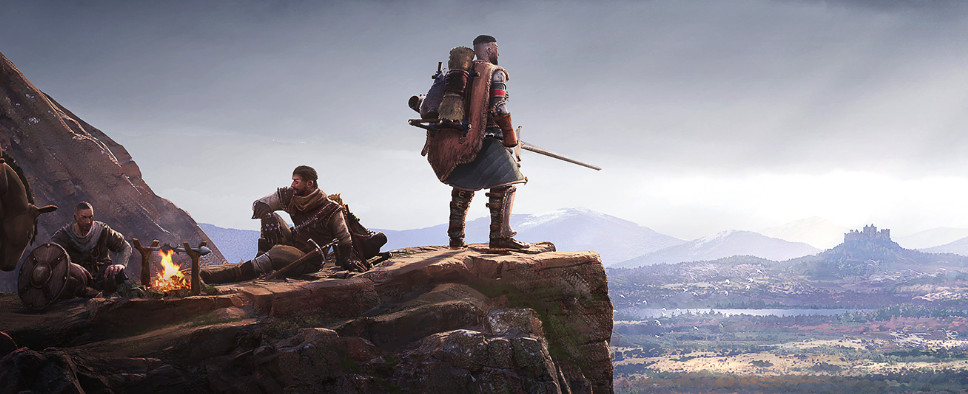The release of a new patch that includes the “second wave” options that had been uncovered by modders in the game’s code at release is most likely what brought us a couple of new interviews with XCOM: Enemy Unknown’s lead designer Jake Solomon, which tackle various subjects, from the DLC plans to the mistakes made by the team during development to the unexpected reception to the title.
PC Gamer:
PCG: Other than The Second Wave, what XCOM updates will we see from Firaxis this year? Are you planning to release more DLC along the lines of Slingshot?
Solomon: Not along the lines of Slingshot. We haven’t announced our next steps, although we have, I think, publicly announced that there is going to be more content in 2013. What I’m saying is that I don’t disagree with anything anybody is saying that they want. We all, as a team, completely agree that XCOM is a great platform for more things, basically. More items and aliens and maps. We totally get that. It’s just that those things take time.
That’s the sort of thing that we’re excited to continue to work with on XCOM. We look at XCOM as a sort of platform for this stuff. People should definitely know that we’re committed to it. We hear what people want and we totally agree. We haven’t heard anything where we disagree. We’re in tune with that. We’ve got our ears to the ground.
That’s encouraging. A lot of people, including us, weren’t totally satisfied with Slingshot. How have you personally, or Firaxis as a whole, received that feedback? Do you agree with it?
Solomon: I think we agree with it. What it really came down to is that that was a content-heavy DLC, but it wasn’t a system-heavy DLC. I think that what people wanted. I don’t know that we were surprised by some people saying, (Hey, what I wanted was more elements in the system. I wanted more aliens and guns and items.) Whatever people wanted. I think that’s something that we agree with, and we maybe weren’t surprised by it. We just didn’t have the throughput to add more items to the system yet. A lot of that, frankly, if I can be entirely honest, is probably my fault. My design came together so late that a lot of things. We spent a lot of engineering time at the end just on getting the game completed and out there.
Certainly people have enjoyed Slingshot, but the criticisms that it’s linear and that it’s unlike the rest of the experience are fine. I don’t even disagree with that. I don’t think anybody does. Our goal is to support people in the way that they want to play XCOM. We are not the kind of people to enforce a design philosophy on people. It’s been fun to watch people play the game, put so many hours into it, and say, (Okay, these are the things we value. We value this thing and this thing. We want more of this and more of that.) For us, it’s our job to say, (Absolutely.) If people are going to pay their hard-earned money for our product, it’s our job to listen to that and say, (We can give you more than that.) It’s not like we disagree with it either. I think it’s the sort of thing where, for us, it just takes time.
Rock, Paper, Shotgun:
RPS: How close is it [Second Wave] to what the modders dug up?
Jake Solomon: It is the stuff that the modders dug up, in fact. That was actually very helpful. I’m thrilled by that kind of stuff, it doesn’t bother me at all. We were all kind of laughing about it, they found it so quickly. I had to go back, because I hadn’t balanced them, some of them were broken and didn’t work. So before we even got QA on the Second Wave stuff I was able to go to the Nexus mods website and they had already posted a functionality list and said ‘˜this one doesn’t work, this one’s bugged.’ So I basically used the mod to [fix this]. There were even a couple of ideas they had to improve them where I was like ‘˜oh yeah, that’s better.’ So I used their ideas to improve some of the modes, like Marathon mode.
Some of these came from different places. Some are design ideas I had that didn’t make it into the final game for whatever reason, like there’s one called Diminishing Returns and what that does is, with every satellite you build the next satellite is much more expensive. So it creates this really escalating cost. I wanted that in the game because I think that’s a great, solid design mechanic, but the thematics are terrible. It doesn’t make any fucking sense. Why would all of a sudden satellites get more expensive? I probably could have handwaved to make it work, but that seemed very punishing. But I thought the mechanic worked well, because there’s no way to build all the satellites that you need.
So that’s an option that went in because that’s what I wanted, and some other options are meant to mimic the original game. The idea for Second Wave came about really, really late in the project well past alpha, well past beta probably. The way it works on the team is that for the vast majority of the project I’m the team lead, but once you’re in alpha and beta and actually trying to skip a game, our producer, Garth([DeAngelis), becomes the team lead. We were past that point and I was having trouble dealing with that, y’know? He was actually putting the brakes on some of the stuff I was doing – rightfully so, I would not be good at shipping a game.
So we were right at the end and I was sort of running out of things to do, so I was reading comments, and honestly it was probably RPS, but people were worried about how the original did something and it doesn’t sound like this game would. I started thinking, ‘well, this stuff’s not actually that hard to give to people.’ So I started working on this Second Wave thing really, really late in the project, and the idea was never to release it with the core game, but to release it later.
Some of those options are meant to mimic the original game in that they’re more unpredictable. Things like weapons have a wider range of damage, rookies have random starting stats, their stats will increase randomly. Marathon mode at least doubles the length of the game, if not triples. So things that can give you a little bit more of the feel of the original game. …
RPS: When the Slingshot DLC came out and I needed to start a new Campaign just to see three new missions I just didn’t want to, but it’s a better prospect if I’m going to have quite a different experience throughout.
Jake Solomon: Yeah, I’m excited to see how it works out. The hope is that there’s still people playing it in a couple of years. Obviously a smaller subset, but you always hope, and by then maybe they’ll have the perfect gameplay toggles and they’ll say ‘˜oh, the only true way to play is with this option and that option.’ I’m kind of excited to see how people take these and go with them.
The original game has a lot of neat things that it allows it to stand completely different from our modern remagining, and it was much more of a simulation. We call it a strategy game, but I wouldn’t call it a strategy. I’d call it more of a simulation. That allowed it to be much more unpredictable, and maybe there are some uneven moments because of that, but it also allows it to have really, really high highs. Higher highs than we’re able to recreate in our reimagining, because our game is much more a game, with pretty explicit choices and the balance is a little tighter. Because of that we can eliminate some of the unevenness, but I think that you also chop off some of the highs that you get when systems are completely open.
I’ve actually been playing the original again, and that game remains unparalleled as far as I’m concerned. Both games don’t fill the same role, it’s not like the modern one replaces the original at all. They feel very different to me, so as I was replaying the original I was like ‘˜man, it’s actually much more of simulation’ and I think that’s where a lot of the fun stuff comes from. The Second Wave is meant to allow a little bit more of that sort of completely unpredictable gameplay that hopefully can add some really interesting stuff.




